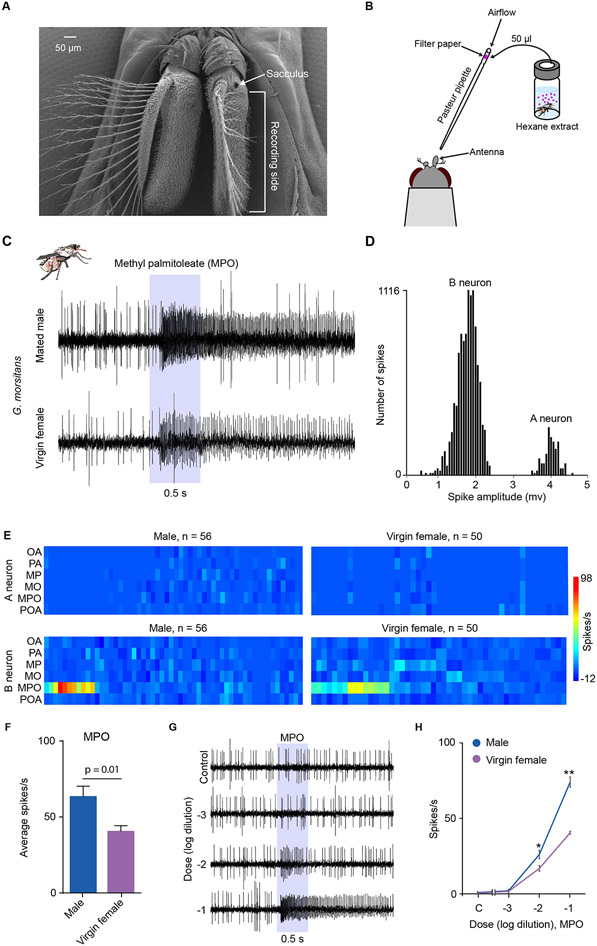Figure 4. MPO activates ORNs in certain antennal sensilla.
(A) Scanning electron micrograph of antennae showing the region from which electrophysiological recordings were taken from trichoid sensilla. (B) The stimulus delivery system. (C) Example traces of electrophysiological responses of trichoid sensilla in males and virgin females to a 10−1 dilution of methyl palmitoleate. Shaded area indicates the 0.5s odor stimulus. (D) The bimodal distribution of spike amplitudes in trichoid sensilla that respond to MPO in mated males. “A” and “B” indicate subpopulations of spikes attributed to neurons A and B. (E) Heatmap of electrophysiological responses of trichoid sensilla to compounds identified in body-wash extracts. Each rectangle shows the response magnitude of one neuron, in spikes/s, each from a different trichoid sensillum, when tested with a 10−1 dilution of each compound. (F) Mean responses to a 10−1 dilution of MPO in males and virgin females. Mann-Whitney test, n=11 for males and n=15 for virgin females. Error bars are SEM. (G) Example traces of electrophysiological responses of trichoid sensilla in virgin females to a range of dilutions of methyl palmitoleate. In the control trace the stimulus was the diluent control. (H) Dose-response curves of trichoid sensilla to a range of dilutions of methyl palmitoleate. *p < 0.05; **p < 0.01, Mann-Whitney test; n = 5. Mean ± SEM. "C" = control diluent.

